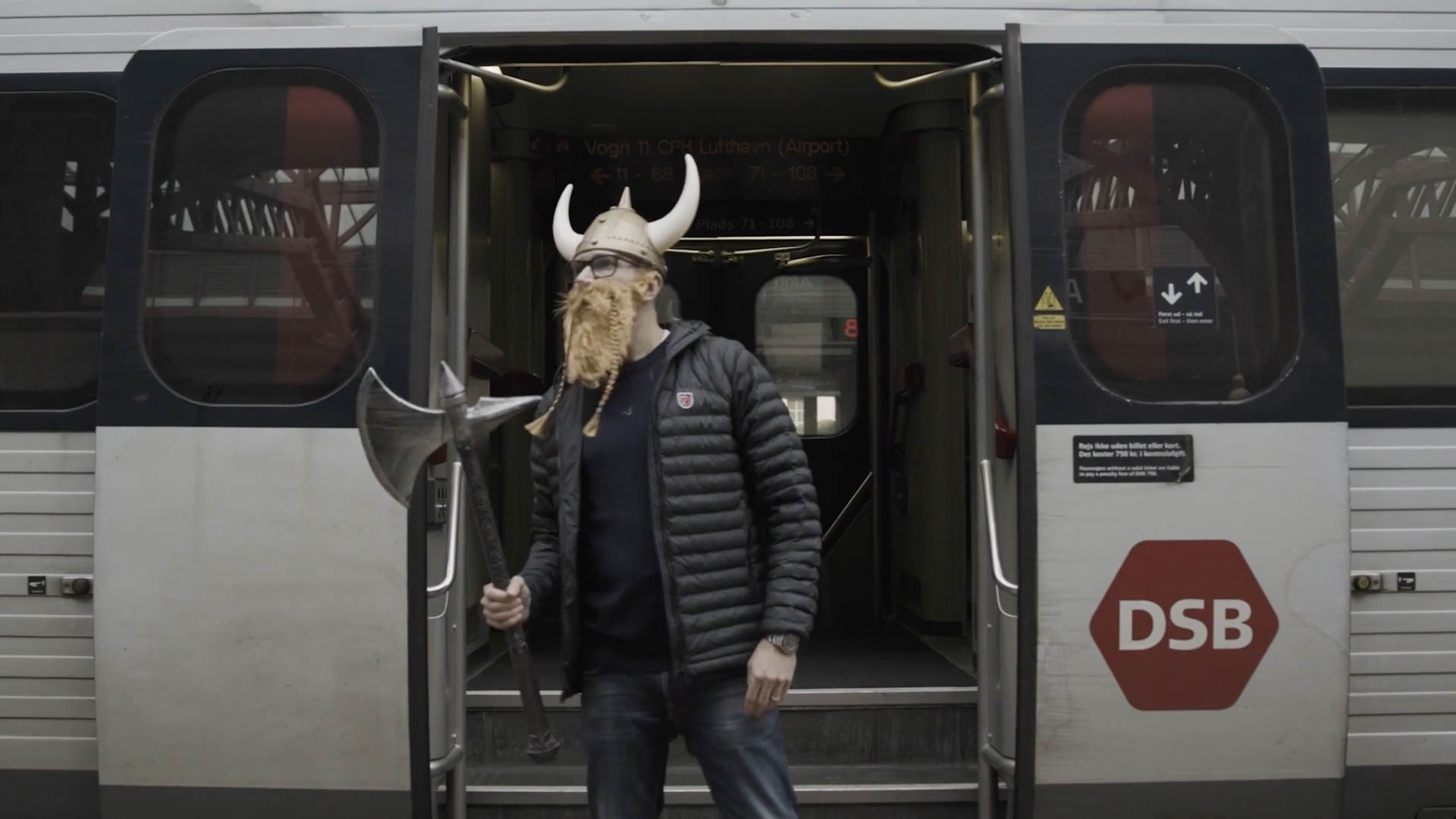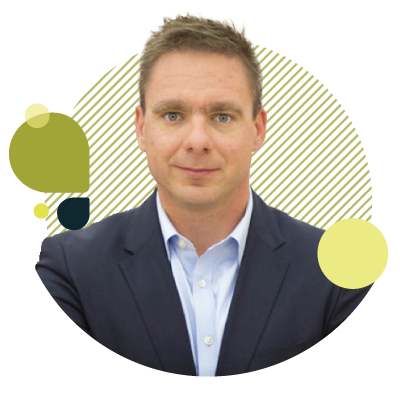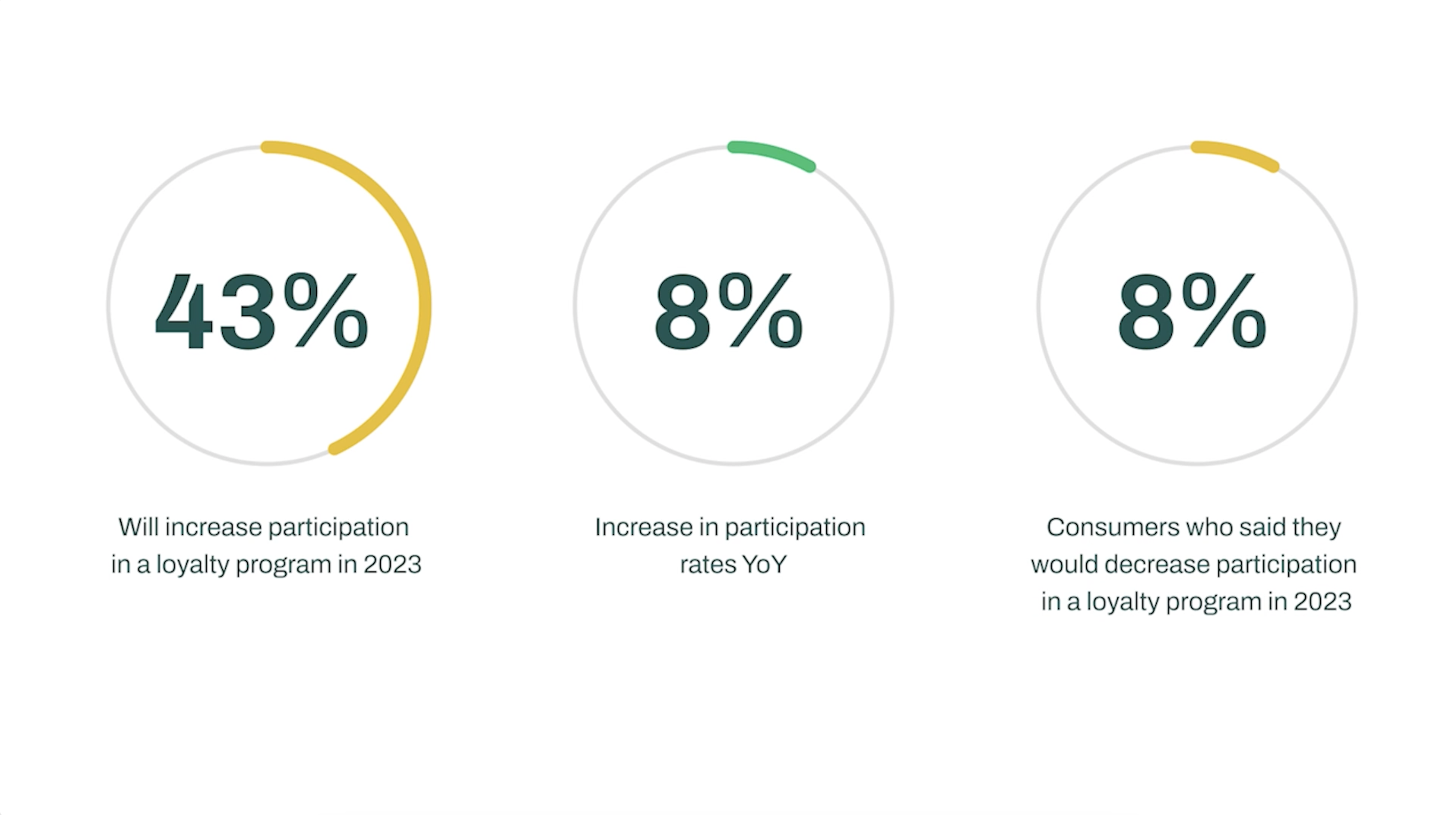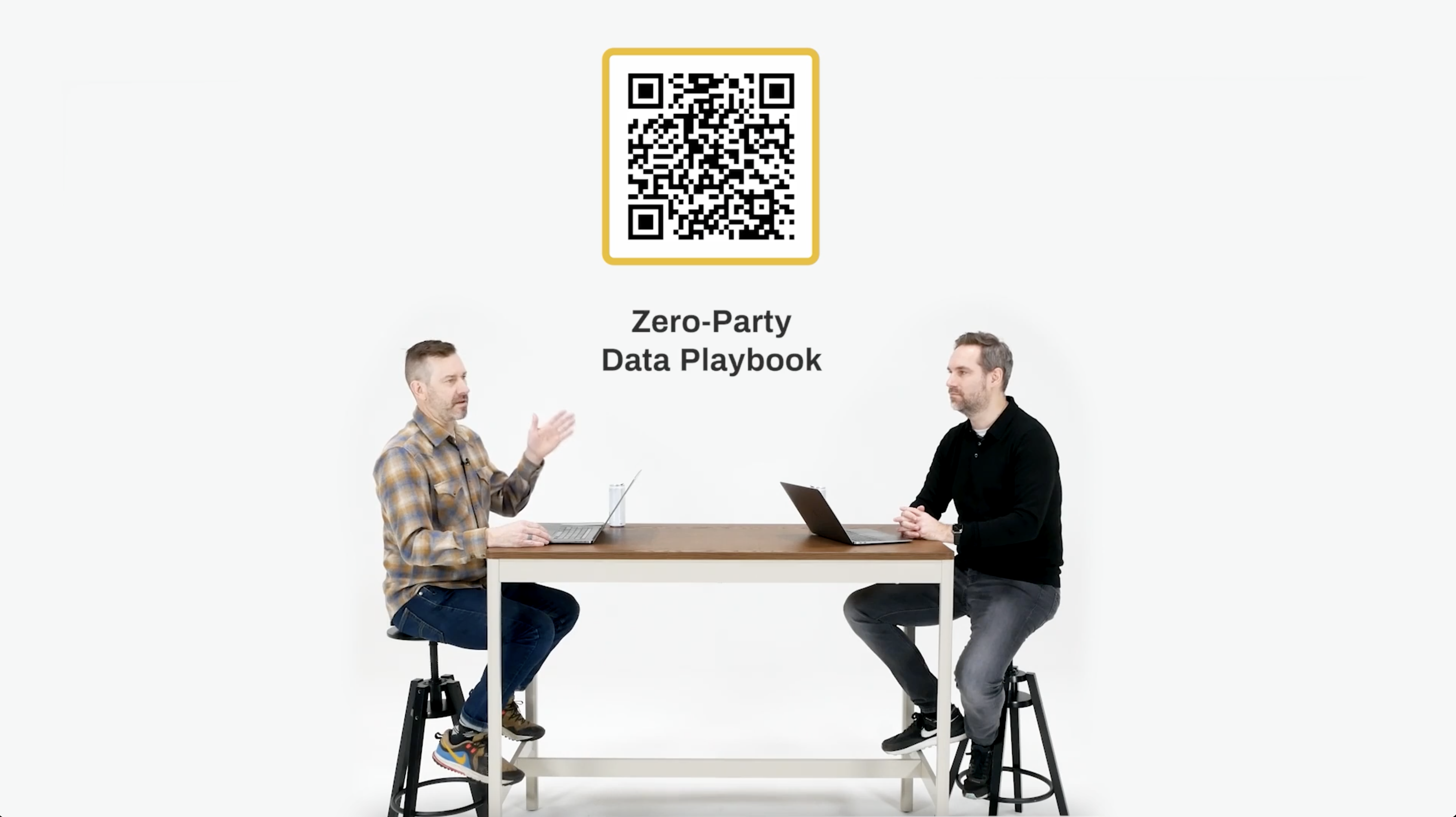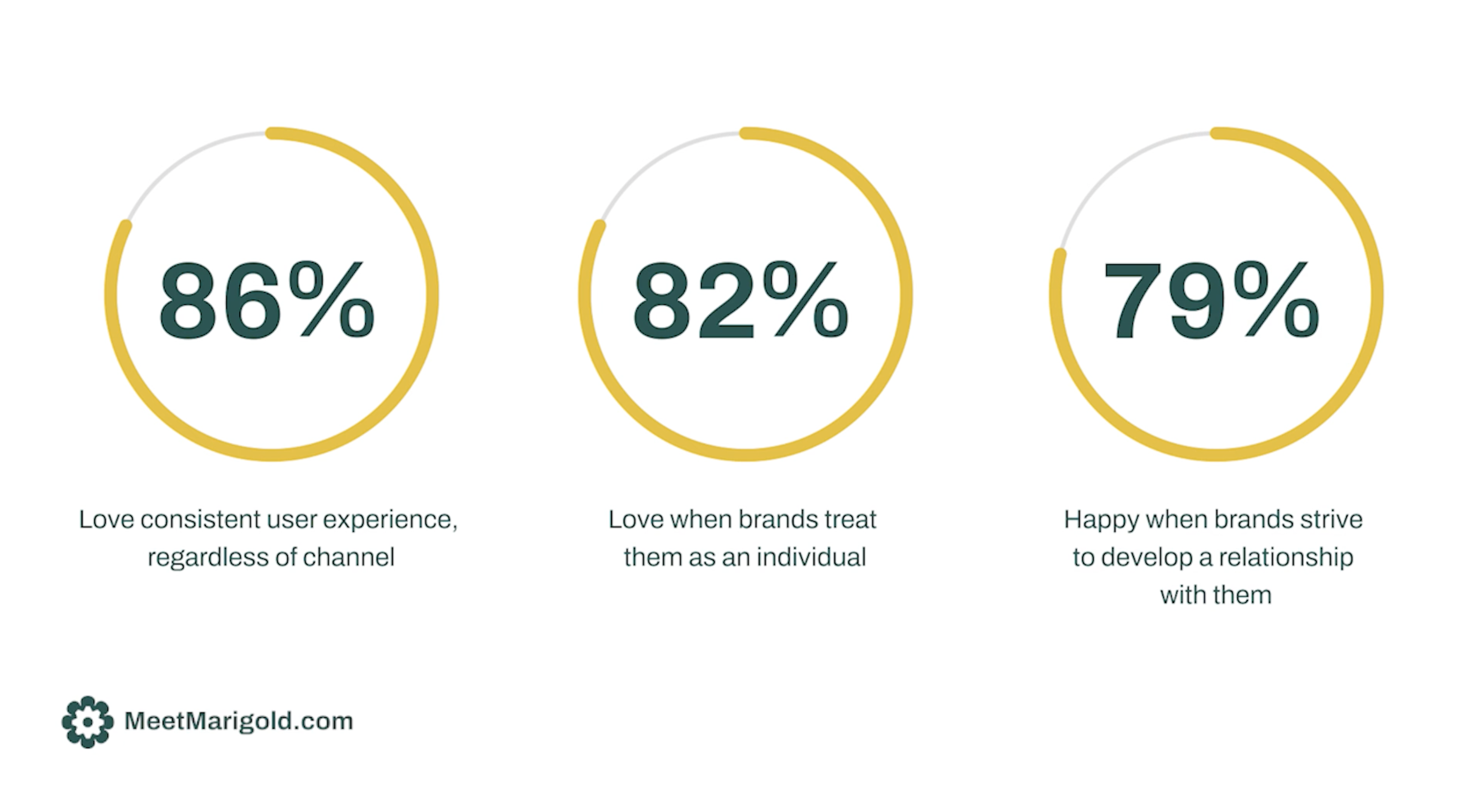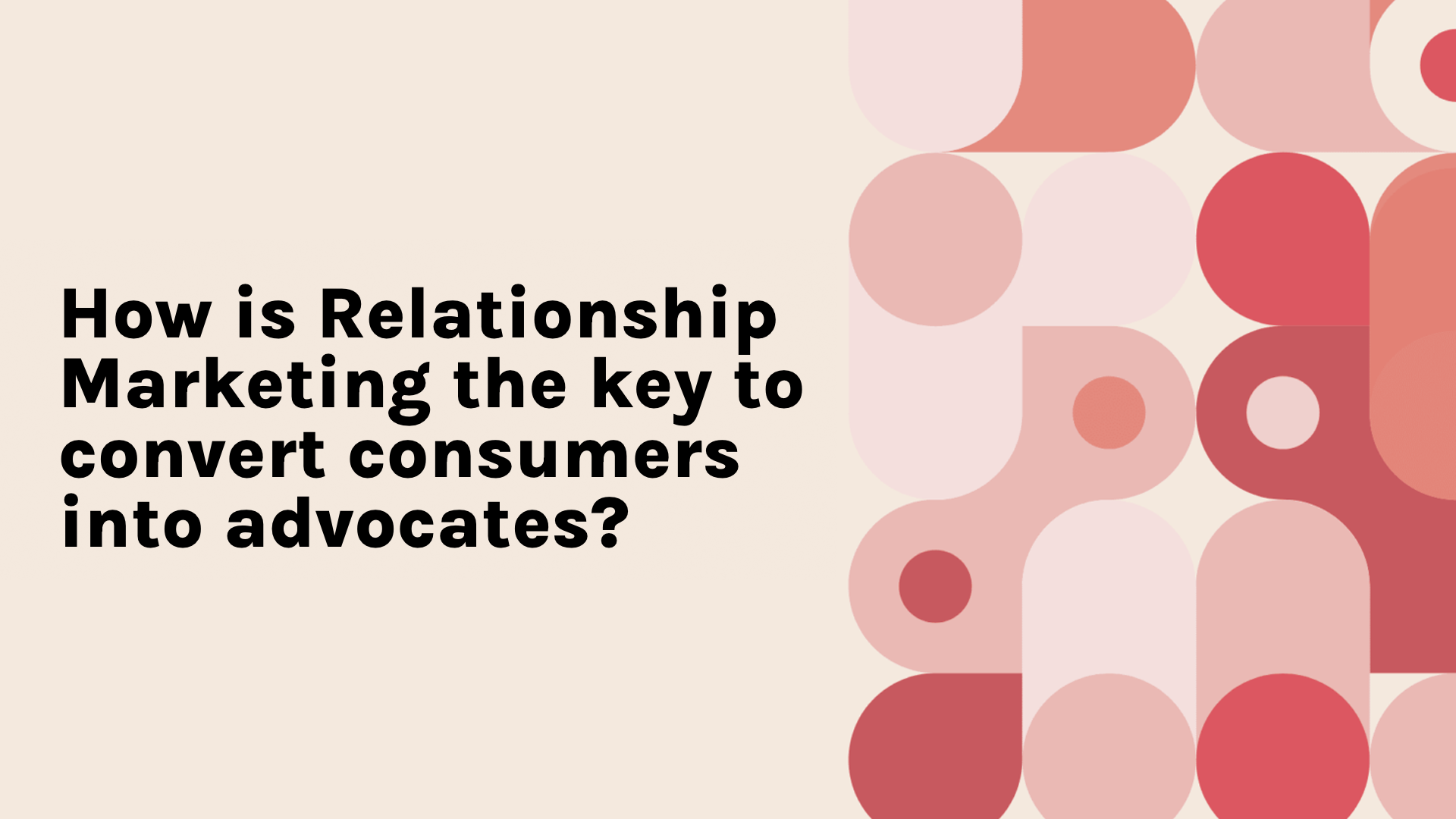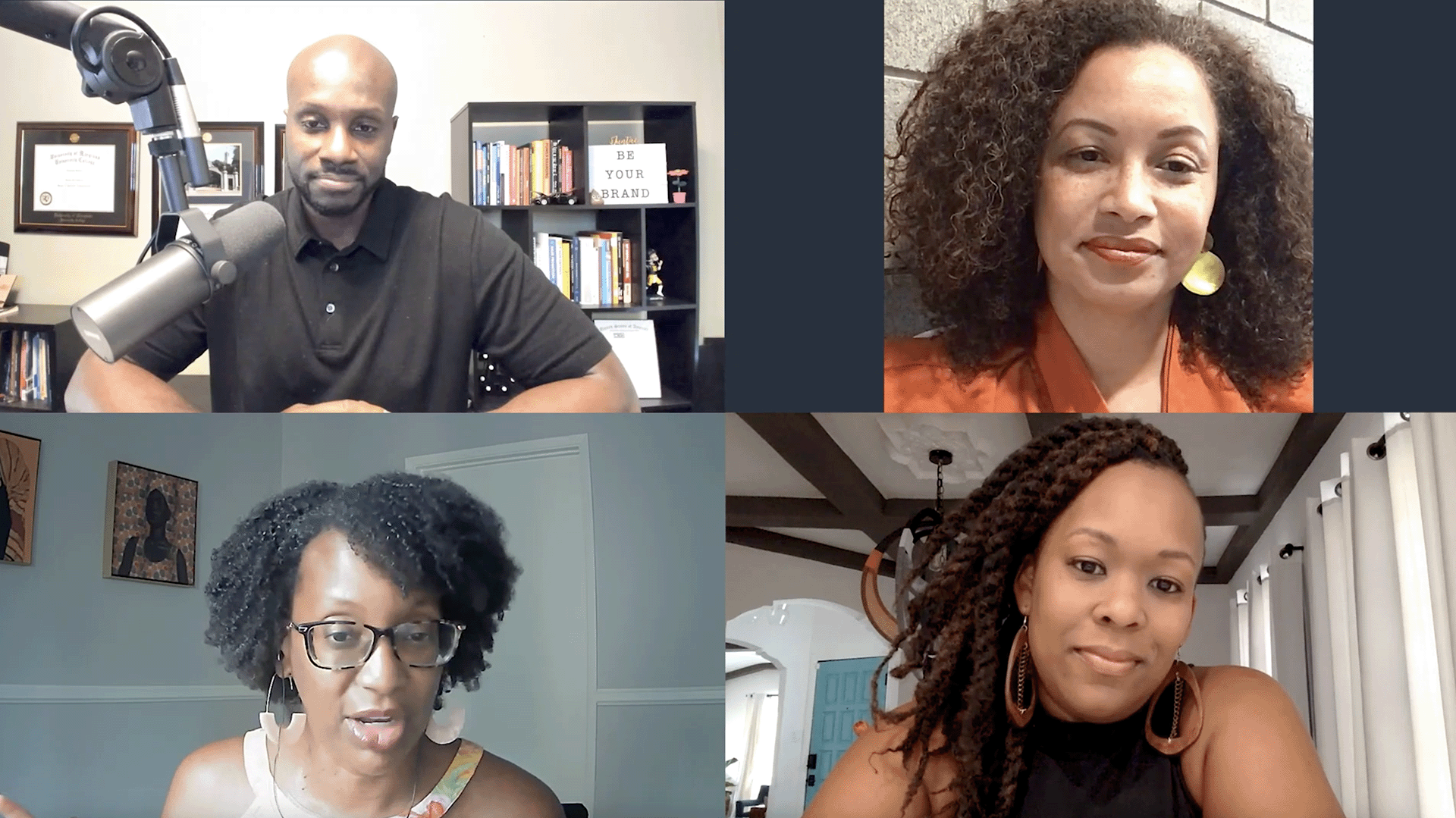How the Salling Group Engages 35% of Danish Retail Population
- 0.5
- 1
- 1.25
- 1.5
- 1.75
- 2
Speaker 1: Now I've flown out to Denmark, to the beautiful city of Aarhus, to actually speak to a company that's doing some really cool things when it comes to customer programs. And that is the Salling Group. Question is, is this biking outfit too much? Now the Salling group has over 53, 000 employees and annual revenues in excess of 10 billion US dollars. They have a bevy of brands, everything from hypermarkets and supermarkets, through to coffee, restaurants and department stores. They are definitely an A player when it comes to retail with over 35% share of the retail market in Denmark. Now some of you may remember that we interviewed Salling Group last year at Signals and that was just four weeks after the launch of their customer program. What we're here to do today is to come back and see what's happened with the developments of the program and how it's gone over the last year. Now, amongst the Salling Group's largest brands are Netto, Bilka and Fotex, all supermarkets and hypermarkets but today we've come to their department store brand, the Salling Group and we're going to interview András Szőcs is the head of customer programs up on the roof. Come on in.
András Szőcs: Hey.
Speaker 1: András.
András Szőcs: Nice to see you.
Speaker 1: What a fantastic location.
András Szőcs: Yes, it is. It's a nice one.
Speaker 1: Well, let's sit down and dig in.
András Szőcs: Yes, let's do that.
Speaker 1: András, thank you very much for doing this today.
András Szőcs: Of course. My pleasure.
Speaker 1: Now tell me, what's the significance of this particular department store to the Salling Group?
András Szőcs: Actually, it have a significance both from recency perspective and both from history perspective. Let me start with the history. This was our first store. That's where the whole Salling Group story started a little bit more than 100 years ago when Herman Salling our great founder founded the group with this store, this particular store in the middle of Aarhus and the why is recent because the Salling Department Store is the last brand to join the customer program family just a few months ago.
Speaker 1: Yeah, and if we go back to Signals last year, when we filmed you, it was I think just a few weeks after you'd launched the customer program for Fotex and Bilka. For those that didn't watch that session last year and there's many more people that have joined Signals this year. Give us a little bit of information of what was the reasoning behind setting up the customer program, doing that, doing the launch.
András Szőcs: Yeah. As I said last year as well, this was basically a promotional transformation program. The whole story started with the question of, okay, can we find a new channel instead of the printing leaflets? Can we find a way how to send personalized promotions instead of the mass communication? That's why we launched. And as you said last year, we went live with Fotex and Bilka just before the Signals shooting. And later that year, we went live with Netto, which is our biggest brand with over 500 discounter stores. And this year we decided that we bring in Salling Department Store as well to the family.
Speaker 1: And what was the sort of rationale around how this program helped you understanding your customers?
András Szőcs: Yes, of course it was very important to understand our customers, that data basically help us to make the promotions more personalized, makes the experience more personalized, find the new communication channel which is fully digital, which is owned by us and which sits in your pocket.
Speaker 1: Now that's a pretty interesting point because we've seen a lot of disruption in Facebook and Google and AdTech that's been going on so a lot of people have been investing in their own digital channels. Was that an important consideration for you to actually own your direct channel to the customer?
András Szőcs: Absolutely. It was a very important consideration when we designed the program. First of all, we want to own the data because that makes it the most usable. And of course that's how we can guarantee to our customers that it's fully safe and we are just only use it for the right purpose.
Speaker 1: Now, the Salling Group program was somewhat unique, particularly amongst grocers in that you wanted to show that you could launch a successful and widely used program that wasn't focused on money back points on purchases. Why did you want to do that?
András Szőcs: Honestly, it was a kind of a learning which we learned from other brands who did a classic money back program. When we talked to our great friends and also with our great competitors, it was very obvious that it was a wrong decision from that perspective because it's very quickly became a hygiene factor for the customers. We are still giving back the money but we are giving back the money in campaigns via promotional offers and it turned out it was a great decision because we have more than one million member in a five and a half million country.
Speaker 1: Wow.
András Szőcs: Which basically a very, very important KPI which we are tracking. And we have also a significant share of transactions, which are going through on the program. Actually we are very happy with this decision.
Speaker 1: Now, phase one, which was launched in time for Signals last year was primarily focused around three components. You talked about the digital refund, the membership offers and then personalized offers. Give us a little bit of a view around what those three components were and how you're using them for those that didn't join us last year.
András Szőcs: Yeah. Of course the very important elements are the things talking to your pocket, so the different kind of offers. We explored even further on that one. We of course still have membership offers, which are for all the members and which are advertised on all across the channels. And still we have the personalized offers, which are really a very wide selection of things. We have basket size coupon, category coupon, your personal favorite product kind of coupon. We are using them in a great extent. Digital refund was more something was talking to your heart. We wanted to make the retail shopping a little bit more joyful, a little bit more fun, a little bit more easy and fast. Digital refund is a feature which basically an extension of our freshness guarantee to the digital channels. If you're unhappy with the product, you can just take a picture, write us some reason why you didn't like it and we give your money back to your app.
Speaker 1: There and then. Yes, simple, frictionless.
András Szőcs: Very simple, very frictionless, exactly.
Speaker 1: Central to the program design was the need to create a group customer program. Obviously there's multiple brands under the Salling Group so that you could deploy one loyalty program with different skins, if you like, for the different brands. Last year, it was focused on Bilka. Which other brands have you rolled out to now?
András Szőcs: Yeah. We are currently live with four brands with Fotex, which is our supermarket, Bilka which is our hypermarket, Netto, our discounter chain and as I mentioned recently to Salling, which is our department store. The important thing that the whole backbone of the program is the one common architecture, one common system, one common database, one common everything basically but the customer facing layer are four different around apps feed from the same platform because customers know us as Bilka, Fotex, Netto and Salling and not as Salling Group. Salling Group is more a corporate brand than a customer facing brand.
Speaker 1: Got it. Now you mentioned that you got one million customers in a population of five million in Denmark that are part of the loyalty program. You were also number one, number two most downloaded app in Denmark on the App Store. Tell us a little bit about that.
András Szőcs: Yeah, that was one of the moment of proudness actually in my team. Beating the big apps, global big apps for weeks in the App Store.
Speaker 1: Even TikTok.
András Szőcs: Even TikTok, Facebook, Instar and all the big guys, that was really, really a great moment.
Speaker 1: In the middle of a pandemic when those apps were going crazy.
András Szőcs: Exactly, exactly. That was of course showing the success of a great collaboration between all the related departments so we got great deals from commercial. We got an amazing marketing effort and the marketing support from the formats and of course from the tech side, from IT and from digital. It was really an amazing moment to celebrate it.
Speaker 1: No, that is fantastic. Now there are some very big numbers here in Denmark in terms of the engagement. And given that one of your original goals was to understand your customers better, you must be collecting a lot of data now. How are you using that data to drive better personalization?
András Szőcs: Yeah, so we use it in two different ways. One is within the program. Obviously the data defines the base of the personalization, as I mentioned. We are creating different segments, which we turn it into audiences so that's how we define the personalized communication and the personalized promo set. But we also started to use this data for more bigger decisions, a more strategic decision about range, about promotions, about prices, about refit plans. We really started to understand not just the transactional data but both the behavioral data from our customers, which is really, really a nice position to be at.
Speaker 1: Now, in the personalized offers that you use to sort of drive people back into the store to convert, they consist of two different types, reward and stretch. Tell us a little bit about that.
András Szőcs: Yeah. Our mantra in the program is to reward customers. This is a loyalty program there for if you are loyal to our groups, loyal to our brands, then we give you more of a deeper cuts on prices. And of course, carefully preselected on things which you like. And of course, on the other side, we also, we have a strong business so we really like to sell more so obviously we are using some offers to attract people more time to our stores, make sure that they are always switching us. They also do their full basket and their top up shopping with our formats. That's what we started to also use in regards of the stretch offers.
Speaker 1: Got it. Now, what promo types? You've been doing this now for a while. It's the second Signals that you're talking about. What promo types are working better the than others you've seen a lift in terms of engagement of conversions on your offers now that you have this new customer program?
András Szőcs: Yeah. Obviously we are in a test and try mode so I know it's more than a year but we still, I believe it's a test and try mode. We're testing basically overall basket size offers, which are working amazingly well. People of course love to get a descent size of krone discount on a full basket. We also testing particular line level offers. We are also testing different gamified offers and we are also testing just messages about a new product, about the testing our product. We can see that there is a mix of success but as I mentioned, we just testing, we just learning and we are adopting all the learnings into the next year paper.
Speaker 1: Is there any tips that you could offer any other marketers that are embarking on the sort of personalized offers road?
András Szőcs: That's actually difficult because every single segment prefers another kind of offer. We can see that for some group games are the one and only which they like. For other groups is the discounts which are communicated in full and big Danish krone but there are others who like a percentage. Personalization is the key here again.
Speaker 1: Yeah. Down to that one to one level. Now I know that one of your goals was to collect more than just transactional data out of this program. Tell us about some of the other ways that you're expanding data collection from customers.
András Szőcs: Yeah. We just started to explore the different surveys in the app. We just recently found out that people love to talk to us, so of course we need to be very careful to what extent we are asking them about different things but we can see if we are asking the relevant person about why they did a certain transaction or why they picked us or why they picked a certain category they really love to talk to us. And they really love to talk about the reasons and to combine the transactional data with the behavioral data is really, really a gold mine. That's where we really can understand what was the driver behind the particular interaction. That's great and that's what we really would like to do more.
Speaker 1: Now, you're also rolling out a number of different clubs, wine clubs, toys, garden, et cetera. How does that sort of fit into the overall program, both for engaging your customers and collecting data?
András Szőcs: Yeah. That's what we call internally public segments. Customers can opt in on their own. Of course we have some hidden segments where we are just collecting the data and based on that, that we know that you belong to a specific club. But these, four which you mentioned are public ones so you can opt in and we are committed to give you even more offers on the particular category. We are committed to give you some tricks and tips and introducing new products, a new wine grower, et cetera. This is where the content and the offers are going hand in hand.
Speaker 1: Now that brings me nicely to phase two, which is what you've been working on, that you've now rolled out over the last year. Tell us what are the components in this phase two launch? And how is this enabling the program to become omnichannel?
András Szőcs: Yes. Omnichannel is absolutely key for us. Omnichannel means for us that we let customers shop how they would like to shop. Therefore, we committed to give all the benefits on all particular channels. How we started the program was more an offline program. I know it sounds funny that it was an app but majority of the benefits were only available when you were in a classic brick and mortar store. And recently we managed to bring those benefits into the online space. Now you can redeem your both your personalized and membership offer in our eCommerce stores, which was a very, very big move. I know it sounds simple but it was not at all at the background but now customers can enjoy really all the offers all across the channels. That's a very important move for us.
Speaker 1: That's scan and go, click and collect, Fotex home delivery.
András Szőcs: Exactly.
Speaker 1: Got it. Got it. Some of the other things that I know that you were looking at in your phase two was surprise and delight and games and competitions. Talk to me a little bit about those two things.
András Szőcs: Yes. As I mentioned, games were one of the biggest surprise for us. Obviously these games are, if you can say that they are pretty boring but I can confirm that it's not. People still love to play a game. They still love to spin a wheel and win a candy or a chocolate or whatever kind of a product where they feel rewarded at all and then they're coming to the store and picking up this product. Of course, together with a nice extra shopping trip, which is really, really beautiful for us. What we can see that they still enjoy to play a game and is still a financial benefit for the group, which is a very, very nice combination. We just run a few games during the summer and we could see that over half million games were played again in a five and a half million country.
Speaker 1: Wow.
András Szőcs: And more than 10% of the member database was activated with these games. It was not just great for the sales but it was also super for the app. A lot more weekly active user, a lot more engagement, a lot more usage of the app, which was a really cool, cool experience and a cool campaign to run.
Speaker 1: What was the concept behind the surprise and delight initiative?
András Szőcs: Yeah. That was a very important thing from the very beginning to not to give you too much commitment but to more surprise you, more give you things which you don't really expect from the very beginning. This was the same with the points. As I explained you from the very beginning, some big partners or big competitors are giving points. It very quickly became a hygiene factor. If we surprise you continuously, that's another experience and that's what we would like to do.
Speaker 1: Right. Bringing in that emotional loyalty.
András Szőcs: Exactly.
Speaker 1: Excellent. All right. Now in terms of mobile, you've also rolled out push and in app messages since we last spoke. How are you leveraging these?
András Szőcs: Yeah. We just realized that this trigger is a very important trigger in the app. It's actually working better than any other communication channel if you have an app. And this kind of push notification, in app message 2. 0 is a very important piece. Put in some emojis, put in some pictures, put in some motion, put in some sounds that makes it even more successful and even more engaging for the customers. That's exactly what we are focusing on at the moment to try to find the right balance, not to be too much, not to be irritating, but still making sure that you are opening your app as frequently as possible.
Speaker 1: Now, how are you thinking about intelligent shopping lists? Now you've got all this rich data around consumers, what have you got coming up next in the program around intelligent shopping lists?
András Szőcs: Yeah. This is also something which we are working on a lot to try to help you. It was a very important thing for us to bring together the best shopping list in Denmark and I think we did a fantastic job on that and we can see a lot of people using it but to help you with identify the producted picture, we even have a, we call it internally a man list where it's only a big picture about the product to make sure that we are also able to find the product which the wife put on the list but also to help you to make the shopping list into a basket in the eCommerce landscape. These kind of quick transformations to help you before and during the shopping, which we committed to do with this intelligent shopping list.
Speaker 1: Right, right. Got it. All right now, changing tact slightly, obviously the size of Salling Group with more than 53, 000 employees, if we put technology to one side, how are you managing the comms when changes affect such a large amount of people as you evolve the customer program and the program's capabilities?
András Szőcs: It's a very good question because this is absolutely a critical thing to do. As I mentioned you from the very beginning, it was a great corporation between all the functions. And this is a very important part, which we focused on from the very beginning to have the very high level engagement from all the formats and from all the business units but to cascade through the whole organization is something which we still working on. Every single time when we have a new feature, we try to invest a lot of money and effort and time to make sure that we communicate down to our colleagues and we use them as our ambassadors. This is an important factor. Luckily, we can see that the sales share in between the employees are extremely high so they are a great user of the apps. Maybe that's the easiest way to engage them, to make sure that they are users and they are exploring all the features. They're playing all the games, they are interacting with all the great messages which we are spreading out.
Speaker 1: Now, you have had very ambitious goals for the new customer program, how have you found working with Cheetah Digital, not just on the launch, but over the rollout period as you've extended the program's capabilities to this point today?
András Szőcs: Yeah. I still can explain or relationship as a great partnership so we are co- developing and that's what I really like. And that's what, honestly, I like the most that every time when there is a new challenge, you guys are also are willing to change, willing to develop, willing to come with us on our crazy journey and answer to our crazy questions most of the time in a positive way. I know we are a demanding client. I know we have always some crazy requests but that's the best to dream together, to develop together and then of course, enjoy the success together.
Speaker 1: Well, like all partnerships, I think we make each other better. Thank you very much.
András Szőcs: Thank you so much.
Speaker 1: András, for being a great client, for pushing the boundaries of what you're doing here and for doing this interview today. Thank you very much.
András Szőcs: Thank you so much.
DESCRIPTION
As the largest retailer in Denmark, Salling Group sees over 11 million customers a week through its grocery store chains, coffee shops, restaurants, and stores
Coming off of an amazing loyalty rollout in 2020, Salling Group's András Szőcs discusses the hurdles and successes since then as well as their expansion of the Customer Engagement Suite into their strategies. This session is bound to inspire and enlighten marketers, no matter their industry.

